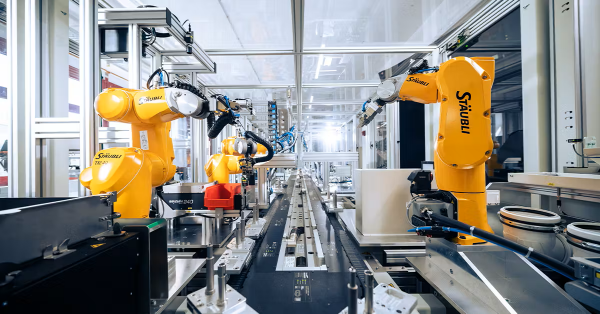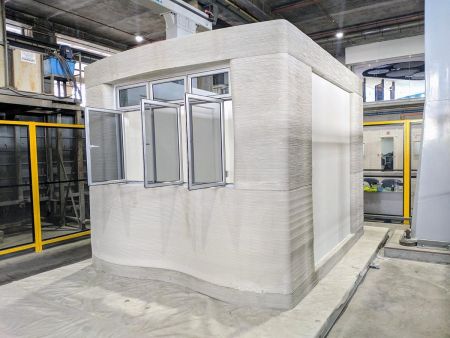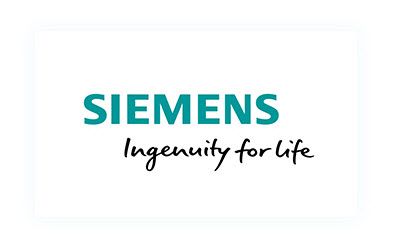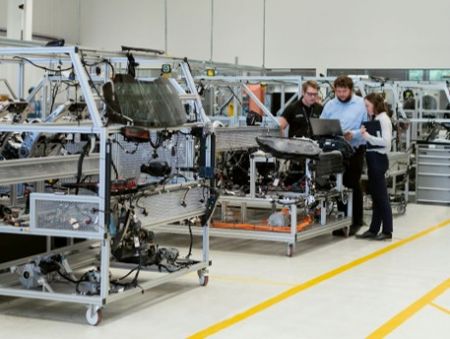
As an industry professional breaking into the field, you might be wondering what manufacturing industry automation is really about. It’s bigger than machines. In fact, most companies are rethinking how production works from the ground up, all as a way to stay competitive in a market that’s more used to speed and convenience than ever.
Let’s break it down.
Why Automation Matters in Manufacturing
Automation is far from new. In fact, manufacturing industry automation and the assembly lines that started it all have been evolving for more than a century. But in the last few decades, the pace has accelerated dramatically. We’re seeing advancements in robotics, sensors, and software that mean tasks we once relied on humans to do can now be handled faster, more reliably, and purely by a machine.
Globally, giants like Toyota or Siemens – our industry partner – have shown how automation not only transforms modern manufacturing but is now actually informing the course of its evolution. Kiwi manufacturers are adopting automation to stay as competitive as possible, especially as labour shortages and rising costs put pressure on traditional models.
Some people think of this as replacing people with machines, but the reality of manufacturing automation is that it’s smarter, safer, and more efficient with the involvement of operators on the floor.
What Manufacturing Industry Automation Looks Like
So, when we talk about automation in this context, what does it mean in practice? Here are some of the most common elements you’ll see in modern manufacturing:
Robotics for repetitive tasks.
Industrial robots are now standard in many factories. They assemble, cut, paint, pack, and move items with incredible consistency. In industries like food, automotive, and electronics, robotics delivers accuracy that reduces waste and improves quality.
Conveyor and material handling systems.
Getting parts or products from A to B is one of the most important – yet often overlooked – aspects of manufacturing. The better we can do it, the faster and more reliably we can produce great products.
This is why automated conveyors, guided vehicles, and smart material handling systems ensure that items flow smoothly through production lines. High downtime and human error rates are slowly becoming a thing of the past.
Smart packaging and assembly.
When we reach the end of the line, automation takes centre stage with smart packaging and assembly. Machines can now assemble, pack, label, and palletise products at speeds humans can’t match. All with consistent quality.
Control systems and software.
Overseeing the entire system is a carefully implemented network of quality control vision technology touchpoints, each inspecting products in real time. These systems supplement human operators on the line, enabling them to run diagnostics and resolve issues in real-time. However, having these QC systems in place, along with an overarching software, significantly reduces the mental load of being on the floor.
Brought together, these elements show how manufacturing industry automation has touched every stage of the production process. And it’s not stopping there! However, there are numerous benefits to reap if you invest in an automated system.
Why Manufacturing Industry Automation is the Future
This term can feel abstract, leading many people to respond with myths about how automation might entirely replace people, how it’s too expensive to implement, or even that it’s only for companies above a certain size.
However, the truth is that manufacturing industry automation is designed to supplement and support existing developments in this industry. The upfront investment is real, but you get your money back in spades with:
- Efficiency. Machines work faster and with fewer errors, which means more output in less time.
- Consistency. Automation reduces variability batch-to-batch, delivering higher-quality products in every run.
- Safety. Dangerous or repetitive tasks can be automated, so humans aren’t as likely to be injured on the line.
- Data. Automated systems generate data that managers can use to improve processes and predict issues before they cause downtime.
All of this translates directly into significant long-term cost savings, not to mention an increase in potential market share from becoming instantly more competitive with some of the manufacturing industry’s giants.
So, let’s make a long story short. What is automation in the manufacturing industry? It’s the application of robotics, smart systems, and advanced technology to make factories faster and safer.
But automation is also a mindset. It’s about building systems that incorporate these technological touchpoints in such a way that actually create the factories of tomorrow, rather than holding onto the practices of yesteryear.
Embrace manufacturing industry automation your way with CNC Design.
The factories of tomorrow are already here. Will you be a part of them?
Consult with the world-class automation consultancy, design implementation and hardware supply team at CNC Design to build the system that’s right for your manufacturing company. Get in touch today.










